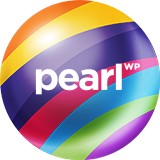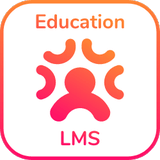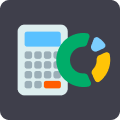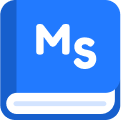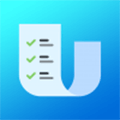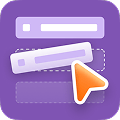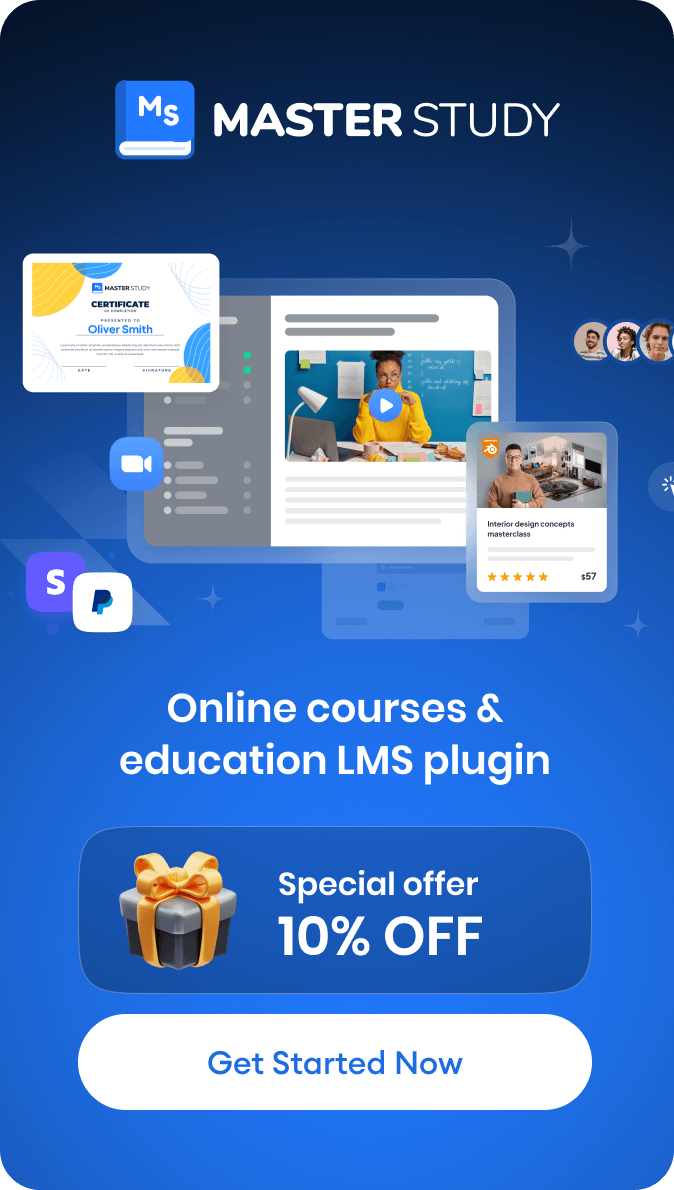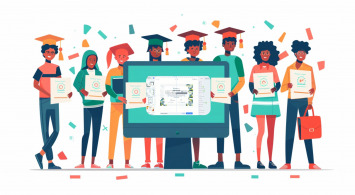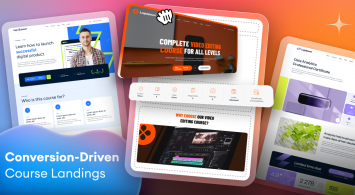Blended learning is a type of teaching that combines traditional classroom learning with online tools and resources. Instead of sticking to one teaching method, blended learning mixes in-person lessons with self-paced online modules like videos, quizzes, and audio materials. This approach makes learning more engaging and effective for students.
When it comes to teachers and organizations, blended learning reduces costs related to physical classrooms and materials while improving the quality of education.
As online learning grows in popularity, the demand for blended learning platforms is also increasing. For example, in 2021, over 92 million new learners joined Coursera’s online courses—a 29.6% increase compared to 2020 (Source: The Business Research Company). This helps us understand that blended learning is shaping the future of education.
Blended Learning Models: Which One is Right for You?
Blended learning can be used in different models. Each model is tailored to specific teaching and learning needs. Let’s see the most common ones:
Rotation Model
Students rotate between multiple learning methods on a fixed schedule set by teachers. Such methods include online lessons, group projects, and face-to-face instruction. This blended learning model is suitable for schools and it has four subcategories. For example, one type of rotation is where students switch between stations within the classroom for various activities. Another one is the rotation that lets students visit a computer lab for online learning while continuing other lessons in the classroom.
Enriched Virtual Model
With the enriched virtual model, students complete most coursework online but if they wish to, they can attend face-to-face classes occasionally. This is how they will be able to practice, ask teachers for support, and collaborate with peers.
Flex Model
In this model, students mostly learn remotely, but they also can attend in-person sessions for additional support. The schedule is highly customizable to fit individual needs.
A La Carte Model
Learners can take online courses while going with their in-person education. It allows them to learn at their own pace and benefit from classroom interaction at the same time.
These models focus on shifting from teacher-centered to learner-centered approaches. How it helps? Students can take control of their education and become autonomous, growing independently.
Why Choose Blended Learning?
Blended learning has proven to be effective and useful for education. Many higher education institutions and learning centers already are benefiting from implementing blended learning. Let’s look at the advantages it has:
- Flexibility. Students can learn in ways that suit their preferences. Some learners like to grasp information through videos, some prefer podcasts, and others like interactive lessons. Teachers can also adapt their methods to provide synchronous, real-time classes via services like Zoom. Or they can choose to educate with asynchronous, self-paced learning and offer pre-recorded lessons.
- Engagement. Combining different teaching methods keeps students motivated. Activities like group projects, discussion boards, and Q&A sessions encourage collaboration and a deeper understanding of the material.
- Personalization. Teachers can monitor and track student progress using online tools. It lets them identify gaps, address the issues, and tailor lessons to individual needs. As a result, it makes learning more effective for everyone.
- Cost savings. Blended learning reduces expenses for schools and organizations by cutting down on physical materials like paper, travel costs, and venue rentals.
- Broader reach. With educational solutions like LMS, teachers can reach more students in various locations and countries. It means that they do not get limited by physical classroom sizes.
Challenges of Blended Learning
Starting a blended learning program requires careful planning. There are quite a few challenges educators face when designing a course or tailoring the existing one to the blended. For instance, it is important to adapt your face-to-face lessons to include online learning elements like videos, interactive quizzes, and others. Because it is partly considered remote learning, in the first stages students have to stay engaged and active to keep their learning.
Another challenge is choosing the right educational technology for your course. A good learning management system (LMS) like MasterStudy LMS simplifies course creation and delivery with the essential features and additional tools.
It can be hard to set clear roles and responsibilities when switching to blended learning. Make sure students and teachers understand their responsibilities in this new learning environment.
You need to regularly check how blended learning works for your students and evaluate the course. It lets you see the areas for improvement in your teaching and meeting student needs.
How MasterStudy LMS Supports Blended Learning
MasterStudy LMS is a powerful learning management system platform designed to make blended learning easy and effective. You can explore the features it has to create the perfect course or training program and adapt to flexible learning. There are tools to make your lessons interesting, and engaging and integrate with services like Google Meet, and Zoom. You will be able to deliver classes for blended learning effortlessly and continuously improve your platform.
Here’s the list of top features you can use to implement blended learning with MasterStudy LMS:
Video Lessons
Upload pre-recorded videos to your course or program, and add transcripts for students. You can also integrate live video lessons, and webinars using tools like Zoom or Google Meet. There is support for live chat so students can ask questions during the streaming.
Interactive Quizzes and Assignments
Create interactive quizzes to evaluate your students with 8 question types, including single choice, fill the gap, and image matching. MasterStudy LMS helps you create assignments with instant feedback and grading. This keeps students engaged, and eager to learn and lets them track their progress.
Performance Tracking
Use built-in analytics to monitor student engagement and course performance. You will find tools to check detailed reports on each student, your course, and even instructors.
Community Building
Encourage interaction through discussion boards where students can share experiences, ask questions, and collaborate.
Flexible Access
Students can access course materials anytime, anywhere, and learn at their own pace. This makes learning less stressful, and convenient for everyone.
Certificates
Award certificates to students who complete your courses. Add value to their learning experience, so they can showcase their achievements publicly or for employment.
With these features, MasterStudy LMS is the perfect tool for educators, businesses, and trainers looking to implement blended learning effectively.
Wrapping Up
Blended learning bridges the gap between traditional and online education, offering the best of both worlds. By combining flexibility, engagement, and personalization, it helps students succeed in today’s fast-paced world. With tools like MasterStudy LMS, educators can easily create and manage blended learning programs that meet diverse needs. Whether you’re a teacher, a business owner, or an organization, blended learning is a powerful way to deliver education that truly makes an impact.






